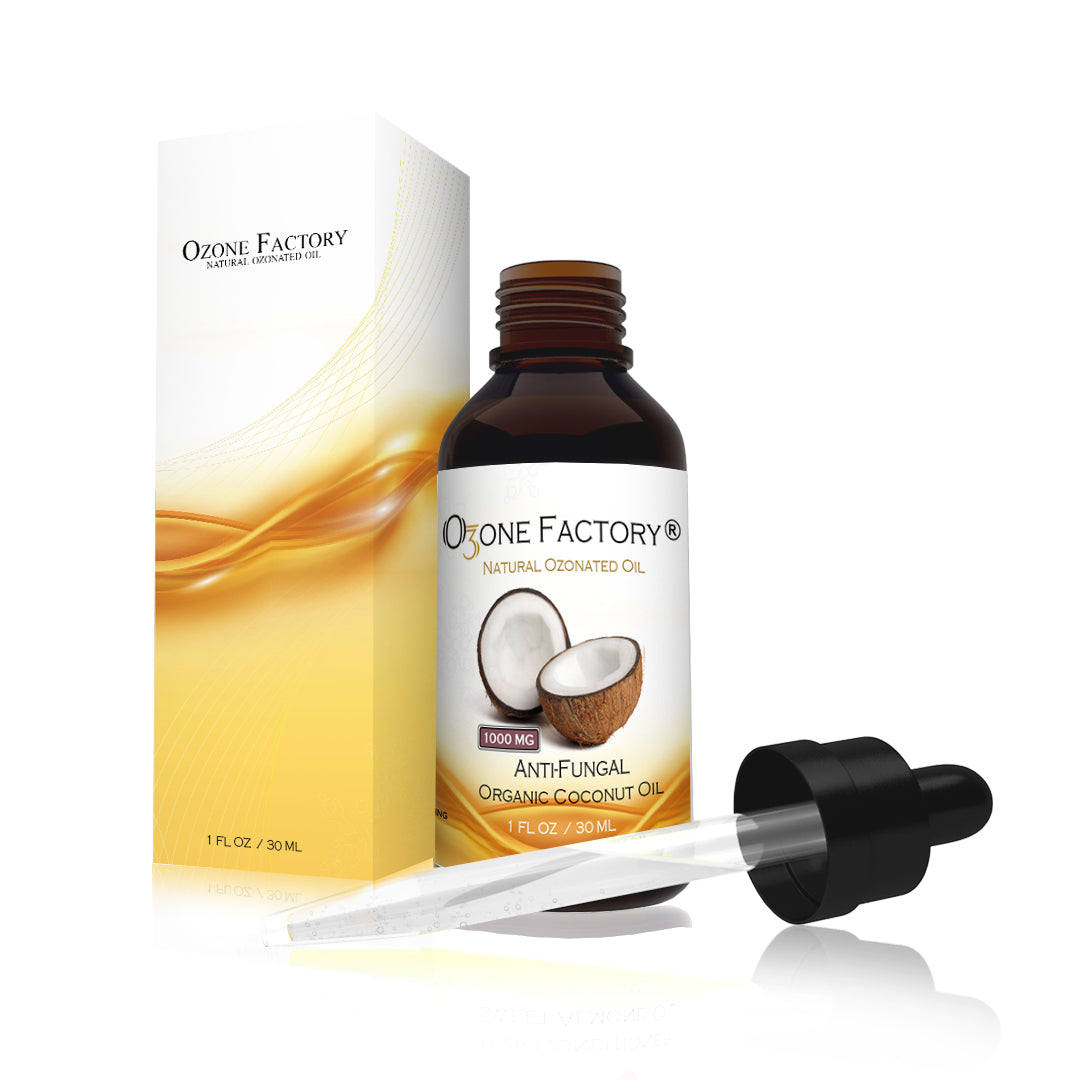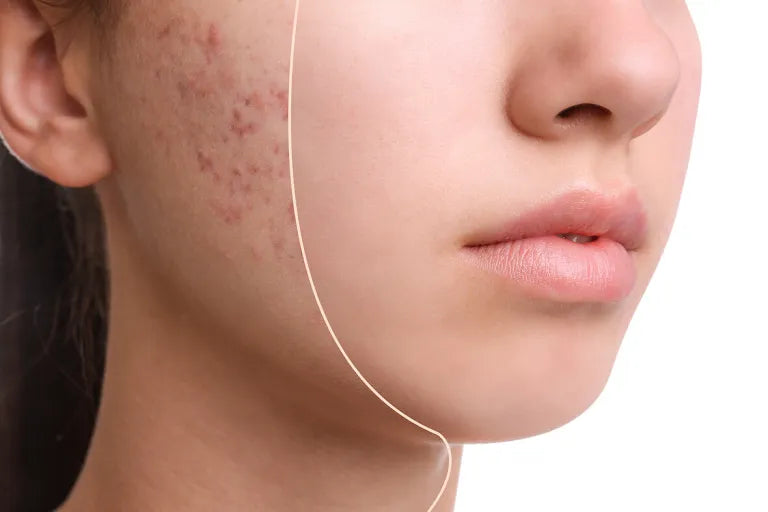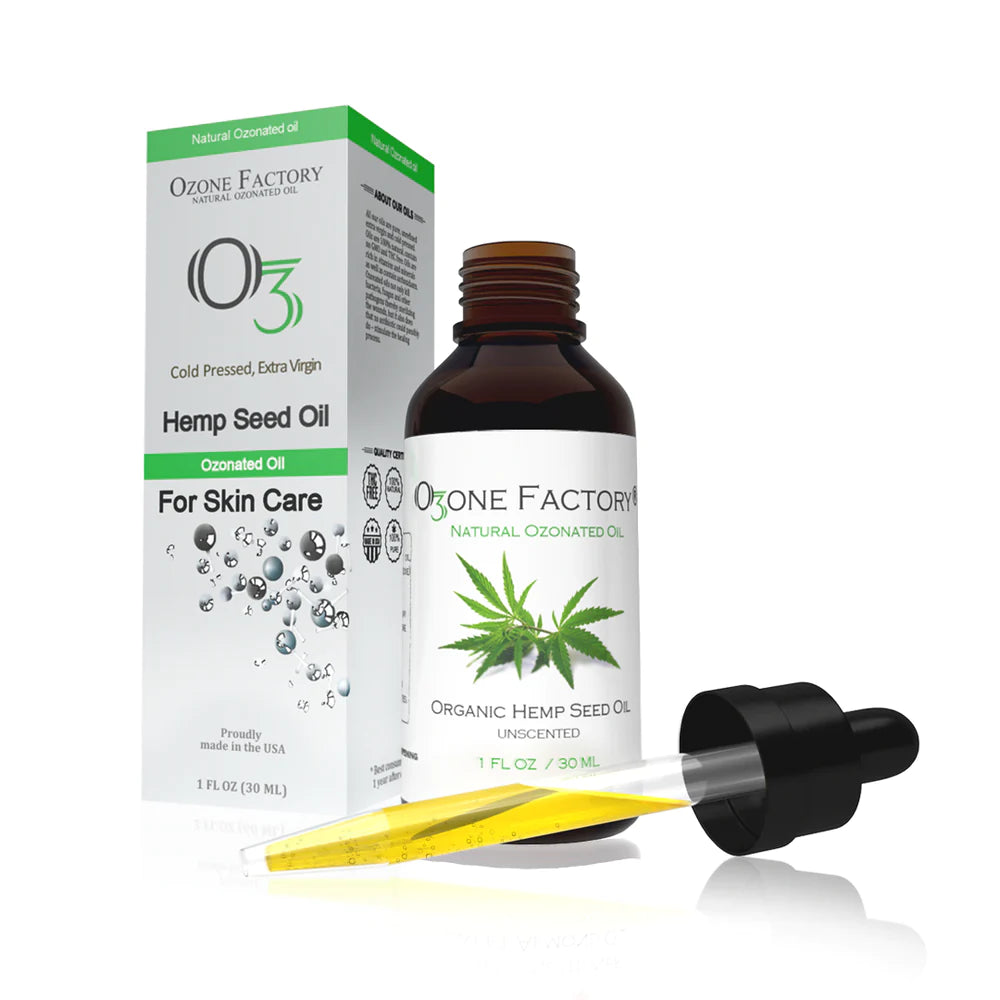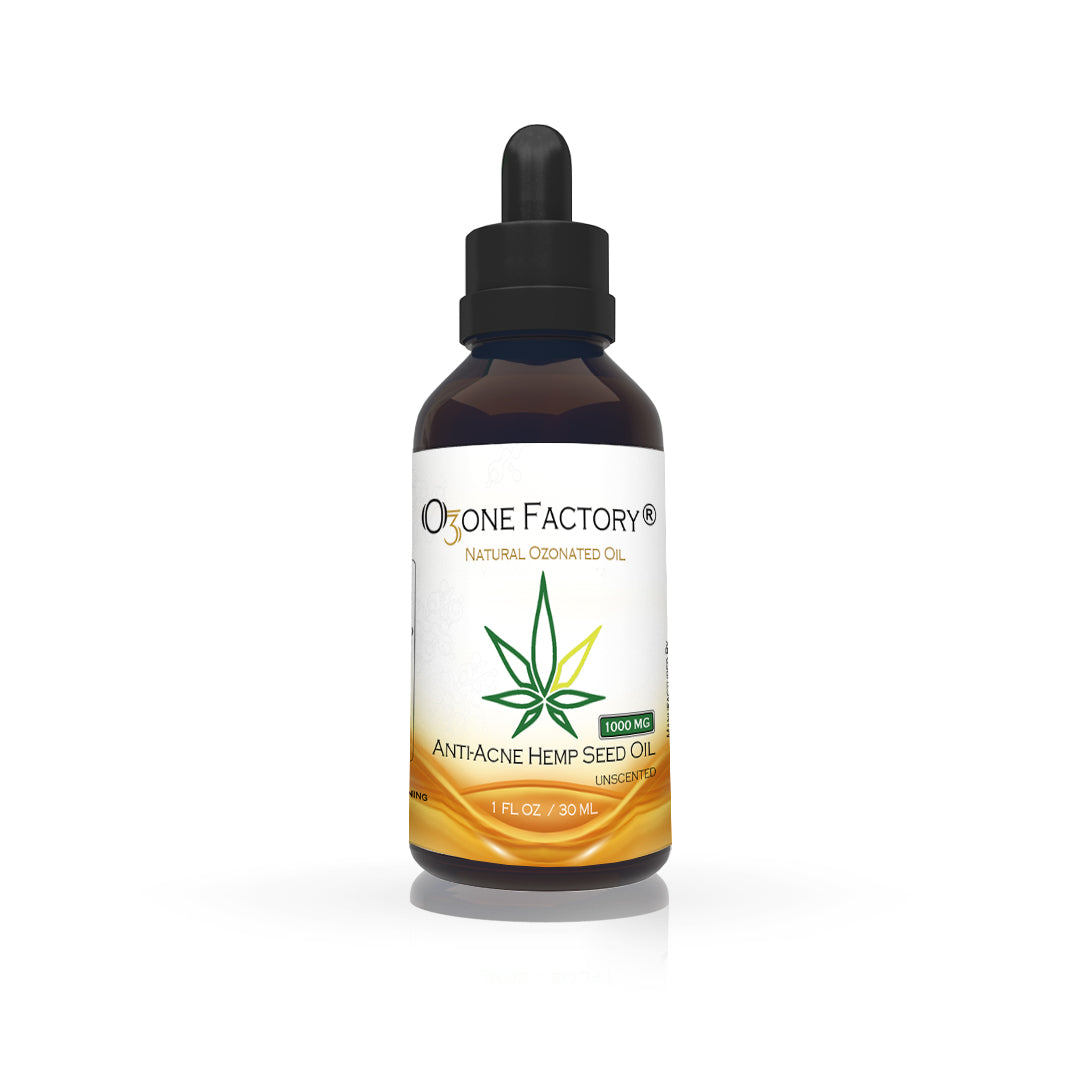
Overview
Burns are tissue damage that results from heat, overexposure to the sun or other radiation, or chemical or electrical contact. Burns can be minor medical problems or life-threatening emergencies.
The treatment of burns depends on the location and severity of the damage. Sunburns and small scalds can usually be treated at home. Deep or widespread burns need immediate medical attention. Some people need treatment at specialized burn centers and monthslong follow-up care.
How common are burns?
Close to half a million people go to the emergency department every year with burn injuries. Children are at high risk for accidental burns. Every day, more than 300 children receive emergency treatment for burn injuries.
What are the types of burns?
Healthcare providers classify burns by degrees of severity. Your provider will evaluate the extent of skin damage. Burn degrees include:
- First-degree burnsare mild (like most sunburns). The top layer of skin (epidermis) turns red and is painful but doesn’t typically blister.
- Second-degree burnsaffect skin’s top and lower layers (dermis). You may experience pain, redness, swelling and blistering.
- Third-degree burnsaffect all three skin layers: epidermis, dermis and fat. The burn also destroys hair follicles and sweat glands. Because third-degree burns damage nerve endings, you probably won’t feel pain in the area of the burn itself, rather adjacent to it. Burned skin may be black, white or red with a leathery appearance.

What are the signs of burns?
Burn symptoms vary depending on the severity or degree of the burn. Symptoms are often worse during the first few hours or days after the burn. Burn symptoms include:
- Blisters.
- Pain.
- Swelling.
- White or charred (black) skin.
- Peeling skin.

What are the complications of burns?
Third-degree burns that are deep and affect a large portion of skin are very serious and can be life-threatening. Even first- and second-degree burns can become infected and cause discoloration and scarring. First-degree burns don’t cause scarring.
Potential complications of third-degree burns include:
- Arrhythmia, or heart rhythm disturbances, caused by an electrical burn.
- Dehydratation.
- Disfiguring scars and contractures.
- Edema (excess fluid and swelling in tissues).
- Organ failure.
- Seriously low blood pressure (hypotension) that may lead to shock.
- Severe infection that may lead to amputation or sepsis.

Ozonated oil as a treatment for burns
A study from 2013, has been conducted to evaluate the clinical effect of the topical application of ozonated oil for 12 weeks on second-degree skin burns.
The results showed that ozonated oil was as effective as hyaluronic acid in improving erythema, tension, itching and burning sensation reported by patients, and it does not exert a specific anti-angiogenic effect compared to hyaluronic acid. However it seems more effective than hyaluronic acid in reducing post-lesional hyperpigmentation.
Conclusion
Ozonated oil is the most practical, innovative, harmless, and noninvasive of the techniques of application developed in the field of ozone therapy over the last 130 years. It has demonstrated interesting therapeutic results. The biological effects of ozone include antimicrobial activity (antibacterial, antiviral, and antifungal), antalgic action, and improved O2 metabolism.






